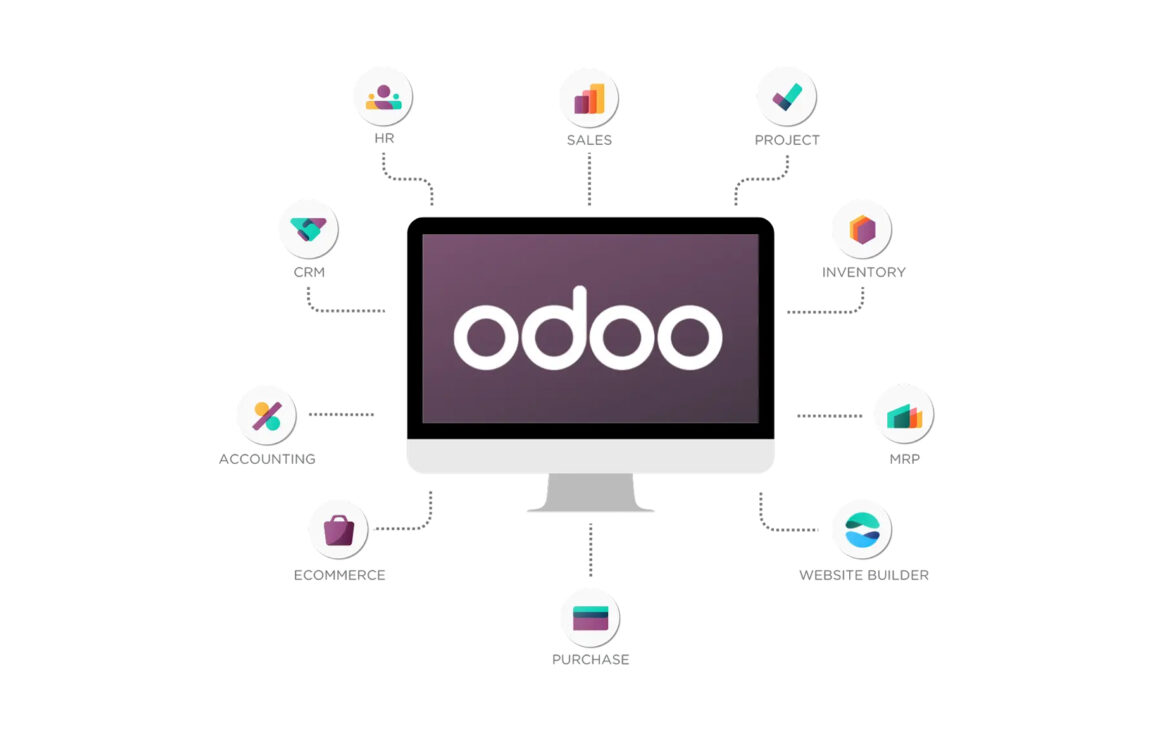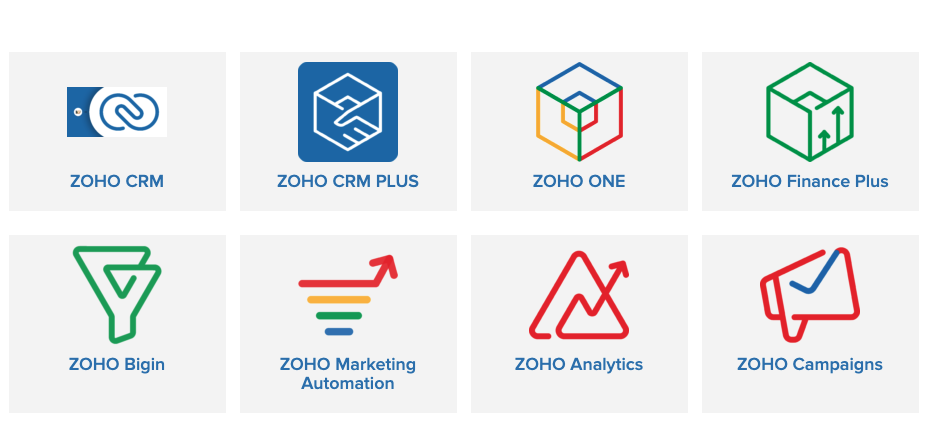In a world where every business is looking to do more with less, choosing the right Enterprise Resource Planning (ERP) system can make or break your operational efficiency. Whether you’re running a retail chain, manufacturing unit, or service company, the ERP platform you choose directly impacts your cost structure.
Among the many options available — SAP, Oracle, Microsoft Dynamics, NetSuite — one solution stands out for its flexibility, affordability, and total cost of ownership: Odoo ERP.
Here’s why Odoo is better than other ERP software when it comes to saving costs in operations:
1. All-in-One Platform: No Need for Multiple Tools
Most businesses pay for separate tools to handle CRM, accounting, HR, POS, e-commerce, inventory, and marketing. Odoo combines all these modules in a single, integrated system.
Cost-saving benefits:
No need for multiple software licenses
No need for expensive API integrations
Centralized data = faster decisions, fewer errors
This alone can reduce IT software spend by 20–40% annually.
2. Flexible Pricing with Open Source Advantage
Unlike SAP or Oracle, which have high upfront costs and complex license structures, Odoo offers:
A free community version (ideal for SMEs)
Affordable enterprise version with modular pricing
No per-user licensing traps
Result: Lower initial investment, scalable as you grow, and no “vendor lock-in” costs.
3. Fast Deployment, Lower Implementation Cost
While large ERPs like Microsoft Dynamics or SAP can take 6–12 months to fully implement, Odoo can be deployed in as little as 4–8 weeks depending on project complexity.
This means:
Faster time-to-value
Lower consulting and training costs
Quicker cost savings across departments
4. Modular Structure — Pay Only for What You Use
With other ERPs, you may be forced to buy bundled features you never use. Odoo’s modular approach allows you to select only what your business needs — and expand later.
Start with:
CRM
Sales
Inventory
Accounting
Add HR, eCommerce, Manufacturing, etc. when ready — keeping costs lean from day one.
5. Built-in Automation Saves Time and Labor
Odoo automates routine tasks like:
Invoicing & payments
Inventory restocking
HR attendance & payroll
Email marketing & customer follow-ups
This reduces manual work by up to 50%, cuts labor costs, and allows your teams to focus on high-value tasks.
6. Lower Maintenance and IT Overhead
With Odoo, you don’t need a large IT team to maintain separate systems. It’s:
Cloud-based or on-premise
Easy to update and scale
Supported by a global community and official partners
Maintenance costs can drop by 30–50% compared to running a patchwork of legacy software.
7. Real-Time Insights for Smarter Decisions
Other ERP systems may require third-party BI tools or separate analytics platforms. Odoo gives you:
Custom dashboards
Real-time reports across sales, operations, finance
Actionable KPIs
Better insights = fewer mistakes = cost savings across the board.
8. Proven ROI Across Industries
Businesses worldwide report consistent ROI with Odoo. For example:
Retailers streamline POS, inventory, and accounting
Manufacturers optimize procurement, BOMs, and MRP
Service providers automate invoicing and customer management
eCommerce stores run inventory and online sales from one platform
Average operational savings: 25–40% within the first year of implementation.
Conclusion: Odoo = Better Value, Lower Cost, Smarter Growth
While traditional ERP giants are powerful, they come with high costs, slow deployment, and complex maintenance. Odoo offers a leaner, smarter alternative — giving you enterprise-grade capabilities without breaking the bank.
If you want an ERP that grows with you, saves costs, and boosts efficiency, Odoo is the best choice on the market.






